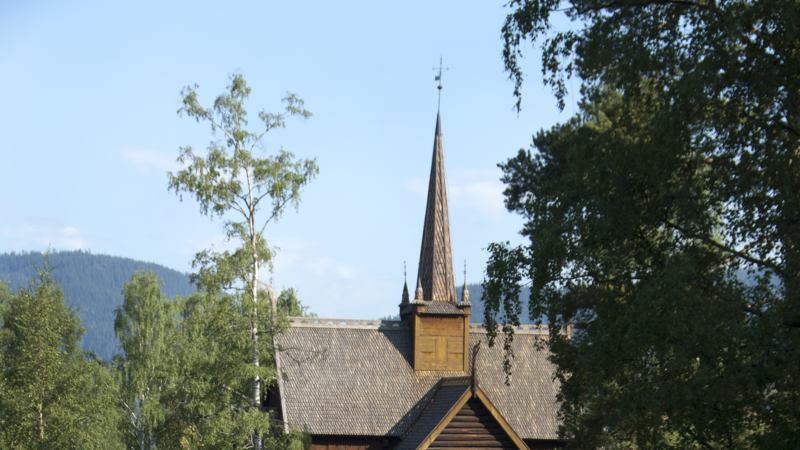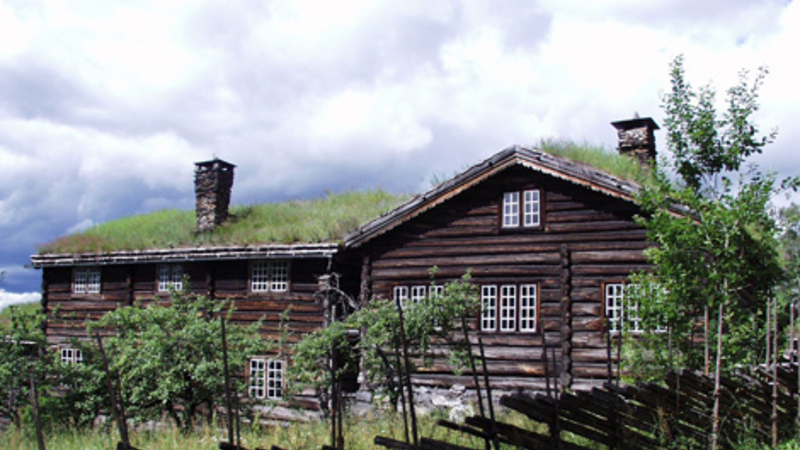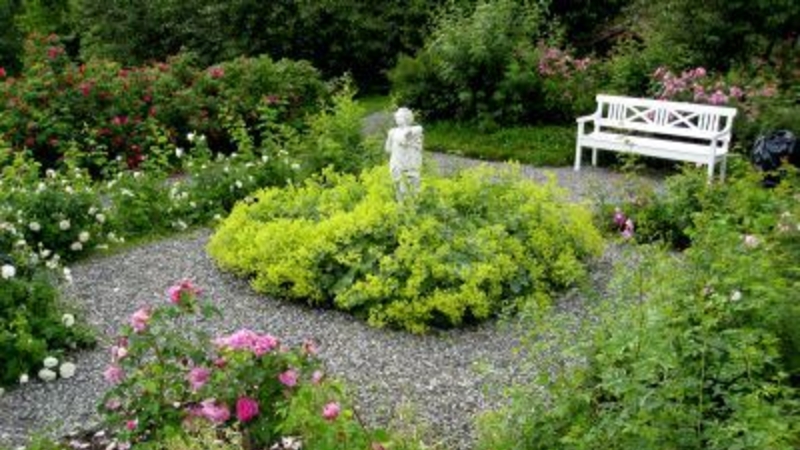The Rural Area
Discover the open-air museum in Lillehammer – A unique insight into Norwegian culture and history
The open-air museum at Maihaugen in Lillehammer is perhaps best known for its historic houses in The Rural Area (the village). The many sunburned buildings which were once home to farmers, craftsmen and officials, provide a vivid insight into the old farming community. Here, you can experience authentic Norwegian culture and learn about life in the 18th and 19th centuries.
Maihaugen and the open-air museum were founded by Anders Sandvig, who had a vision to preserve Norwegian cultural heritage for future generations. The village at Maihaugen stands as a testament to this vision, where the lives of the farmer, the tenant, and the official are preserved in everything from large farms to small crofter's cottages.
During the summer, The Rutal Area at Maihaugen comes to life. You can meet farmworkers engaged in harvesting and daily chores, just as they did in the past. Our knowledgeable guides provide fascinating insights into life on Norwegian farms in the 18th and 19th centuries, giving you an authentic experience of Norwegian history.
In The Rural Area, you will also find important buildings such as the church, the village school, the sheriff's house, and the military tent house. These represent central elements of Norwegian rural culture and illustrate how the community was organized.
Explore the farm
In the heart of The Rural Area, you can find the large farms Bjørnstad and Jørstad, with their numerous buildings serving various purposes on the farm. Further up the hillside lies the medium-sized farm Øygarden. The smaller, more cramped holdings, such as Åseng, the land reclamation farm and the crofter's cottage, are located at the top of the museum. These were often home to the village’s craftsmen, who also worked on the farms when extra labor was needed.
As you move towards the forest and hills, you’ll experience how the land was used as an important resource in earlier times. Here, you will find the fishing camp with its fishing huts, forest cabins, and summer pasture farms, where livestock were sent to graze during the summer months.
Visit the open-air museum in Lillehammer and discover an important part of Norwegian cultural history. Maihaugen is the perfect destination for anyone interested in Norwegian history, culture, and traditional farm life.

Garmo Stave Church

Øygarden

Bjørnstad

The old School

The Parsonage

The Vicarage Garden

The Fishermen's chapel
.JPG)
The Mountain Farms

Årestua fra Tolstad

Skjåktunet

The Isum house and the Isum chapel

Jørstad

Stykkebakken

Åseng

